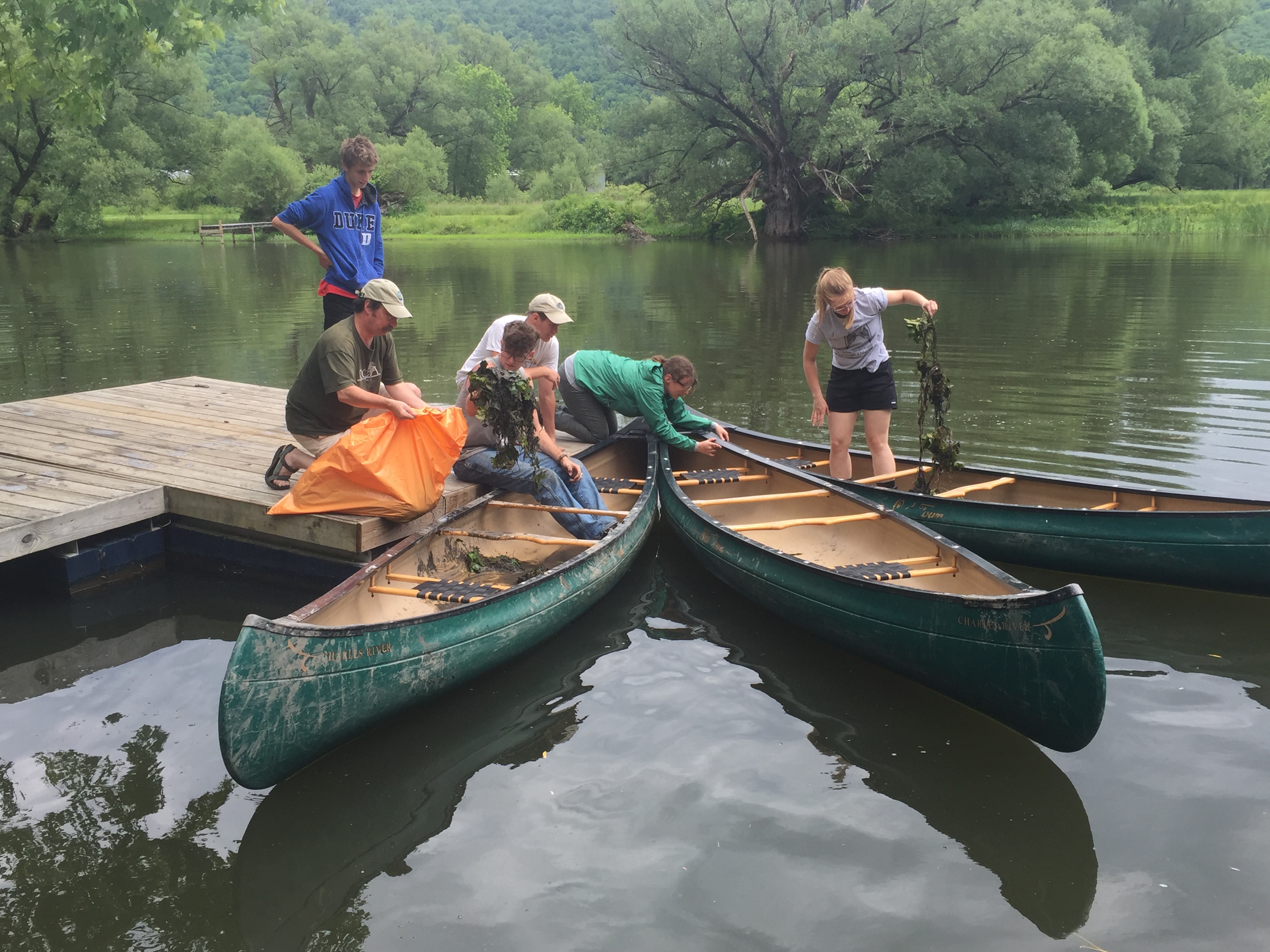Share the Outdoors
The seven principles of Leave no Trace apply to all areas listed with Otsego Outdoors.
- Plan ahead and prepare
- Camp and travel on durable surfaces
- Dispose of waste properly
- Leave what you find
- Minimize campfire impacts
- Respect wildlife
- Be considerate to other visitors
LEAVE NO TRACE, INC., 1999
Safety and Etiquette
There are a few common practices that apply to all outdoor areas and activities. Following these rules helps ensure that everyone using an area will have a good time and that the area will be preserved for others to enjoy. It’s also a good idea to know the rules for the organization maintaining a site as they may vary from place to place. Share the trails and have a great time out there!

USE COMMON SENSE. Don’t go out alone and be considerate of others using the space. Learn the specific safety guidelines for your sport.
LET SOMEONE KNOW where you’re going and when you plan to be back. Sign in on the trailhead register, and carry ID.
TICK PREVENTION. The Thangamani Lab at Upstate Medical University recommends frequent tick checks, wearing light colored clothing to easily detect ticks, tucking your pants into your socks, wearing long sleeves, and to use EPA-registered insect repellents and clothing treated with permethrin. More ideas on tick prevention. If you do find a tick, you can send it to the Thamamani Lab for free, and they will test if and let you know the species and any pathogens present in the tick. Your participation will help the Lab in their research on preventing tick-borne diseases.
PLAN AHEAD. Check maps and trail guides. Don’t rely on a GPS or your cell phone–bring a map and compass. Bring a whistle and a first aid kit. Bring a headlamp or flashlight in case you are out longer than expected.
STAY ON THE TRAIL. Most trails are marked with signs, paint blazes on trees, etc. Keep off private property.
DRESS PROPERLY. Wear appropriate shoes. Dress in quick-drying layers that can be swapped out. Dress kids in bright colors. Ensure everyone brings a waterproof layer such as a rain jacket.
FOLLOW THE RULES OF THE AREA. Don’t start fires or set up campgrounds if it isn’t permitted.
WHEN RELIEVING YOURSELF, be sure to do so 200 feet away from trails and any water sources.
MOTORIZED VEHICLES ARE ONLY ALLOWED on roadways and in designated parking areas unless otherwise marked.
BRING PLENTY OF WATER AND FOOD. Don’t drink from bodies of water unless you have a method of purifying the water.
PACK OUT WHAT YOU BRING IN. Never leave garbage behind and attempt to “leave no trace” that you were there – leave things where you found them.
LEARN TO IDENTIFY AND AVOID POISONOUS PLANTS. In our area of New York State, it is possible to come across poison oak, poison ivy, poison sumac, wild parsnip, and giant hogweed. Skin contact with these plants can cause very painful or itchy rashes so do not touch them. If you find giant hogweed, report it to the DEC.
BE AWARE OF YOUR SURROUNDINGS including hazards such as hanging trees or branches, cliffs, steep slopes, loose or slippery rocks, and rapid currents or waterfalls.
IF YOU GET LOST, stay in one place, and stay warm and dry. Draw attention with bright colored clothing, a flashlight, or your whistle.
WHEN OUT WITH A DOG, make sure your pet is wearing an ID collar. Always pick up after your dog and observe leash rules. Do not allow your dog to chase wildlife or intimidate other visitors.
DON’T FEED THE WILDLIFE. Wild animals may seem tame and safe, but it’s better for them and other visitors if humans do not feed them.
SPEAK QUIETLY and turn your cell phone down, if not off.
MOVE TO THE SIDE to take breaks, allowing others to pass.
ALWAY CHECK YOURSELF, CHILDREN, AND DOGS FOR TICKS WHEN LEAVING THE WOODS. Wear a hat, long sleeves, and pants, and tuck pants into socks in areas where ticks are a big problem.
REMEMBER SUNSCREEN AND BUG SPRAY.
FOR MORE SPECIFIC INFORMATION PLEASE USE THESE LINKS TO
ORGANIZATIONS MAINTAINING OUTDOOR RECREATION AREAS IN OTSEGO COUNTY:
